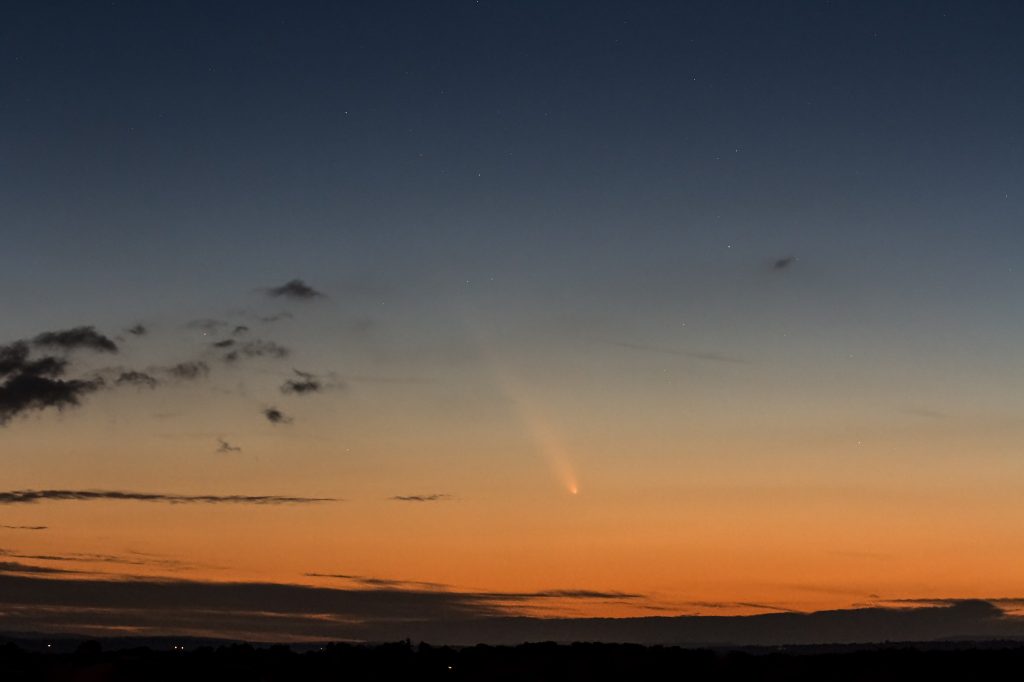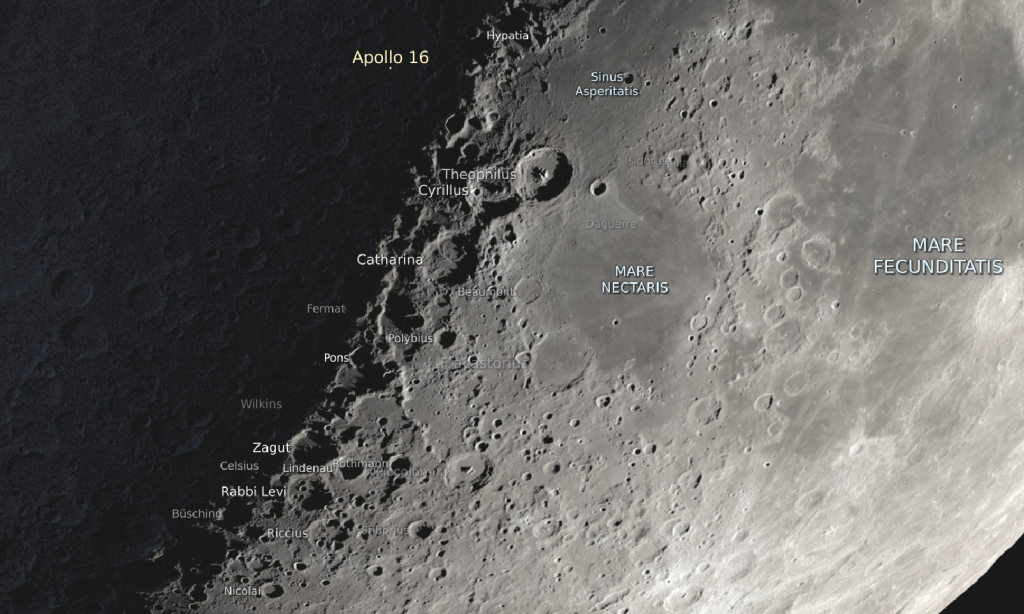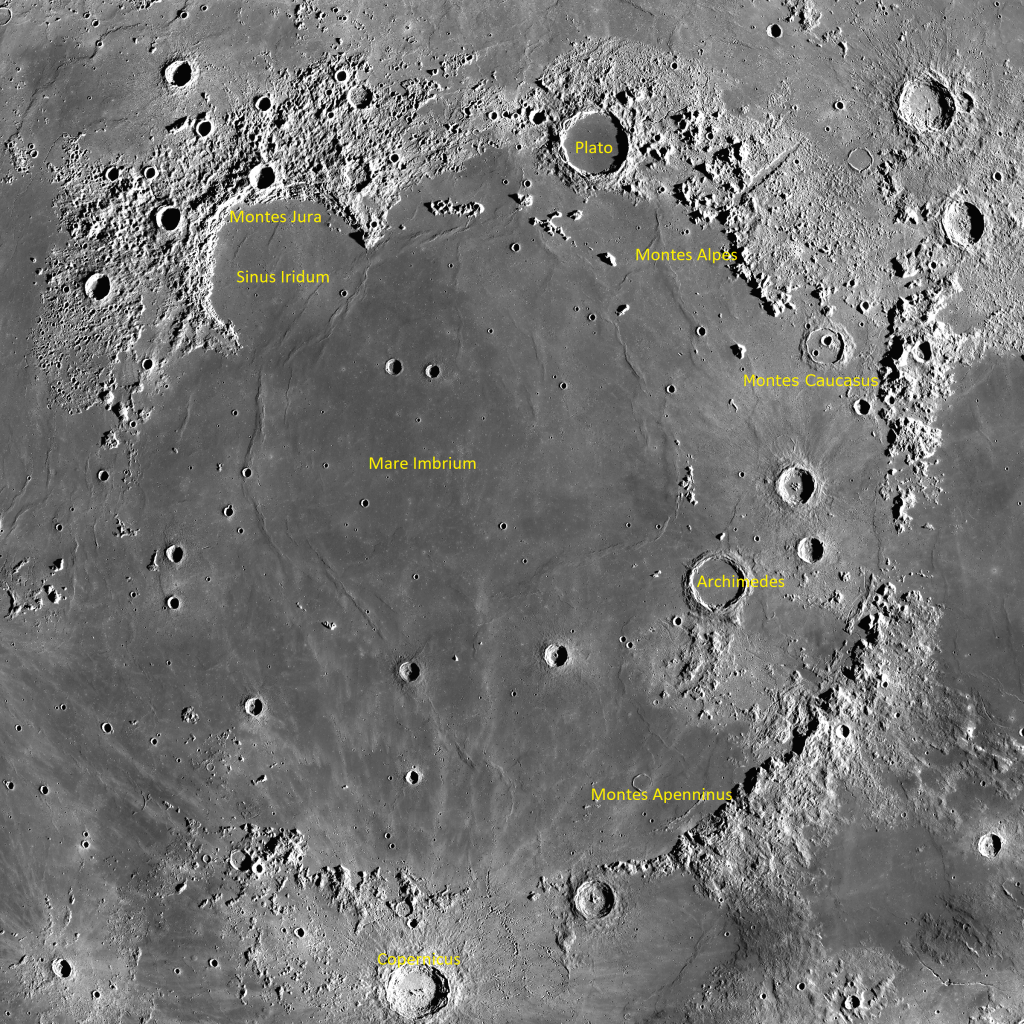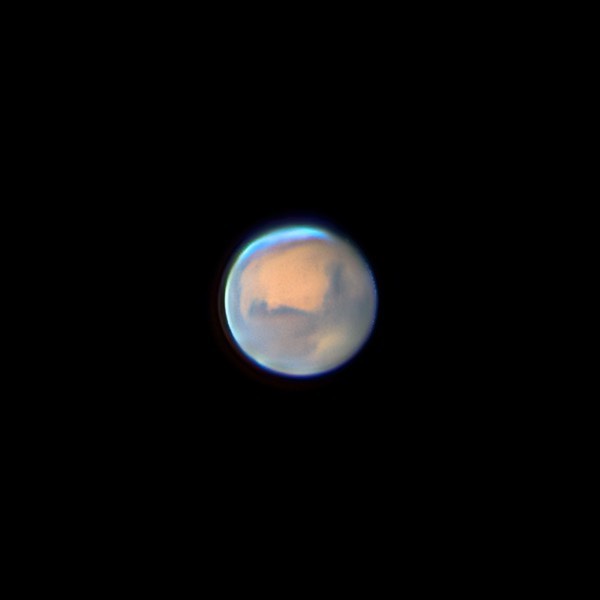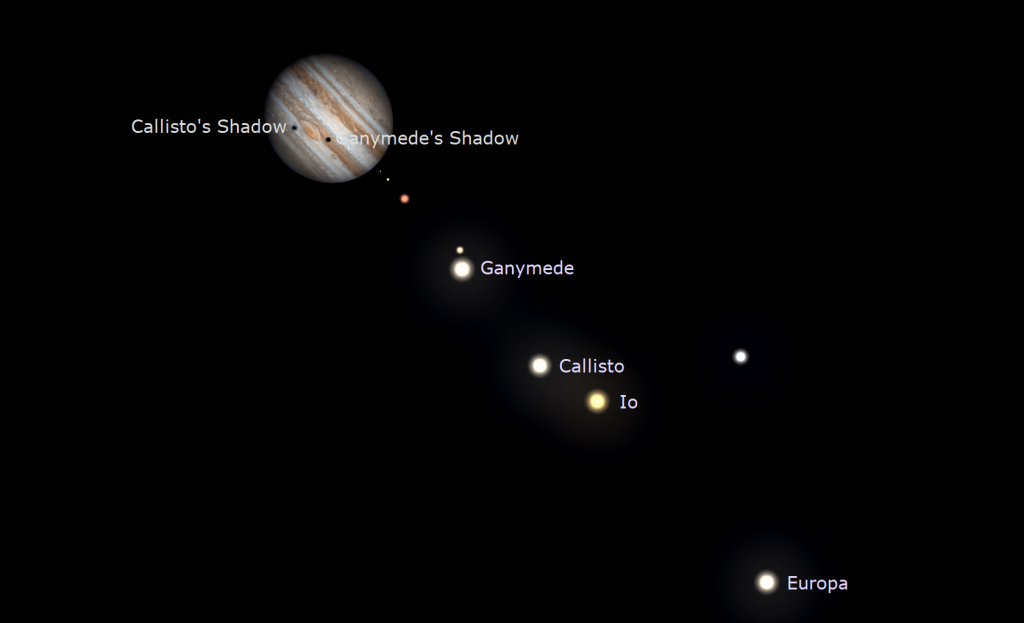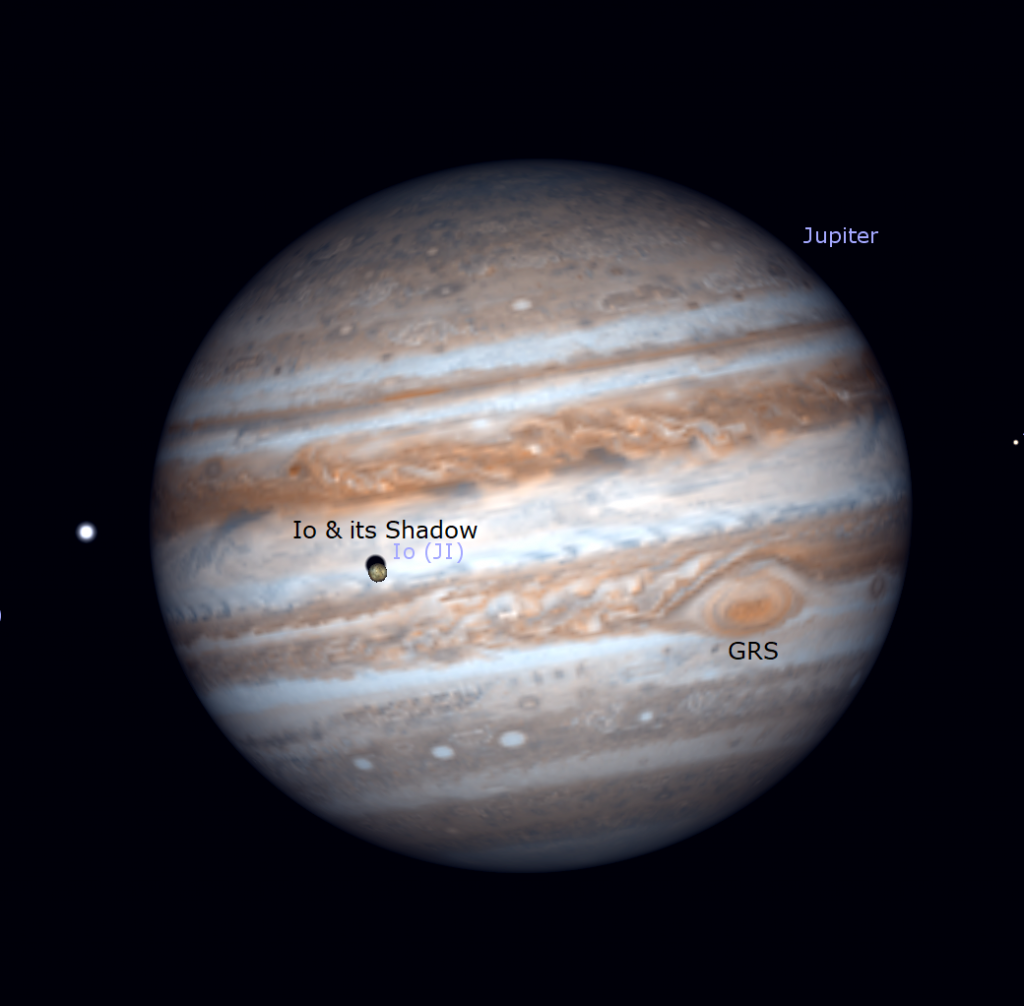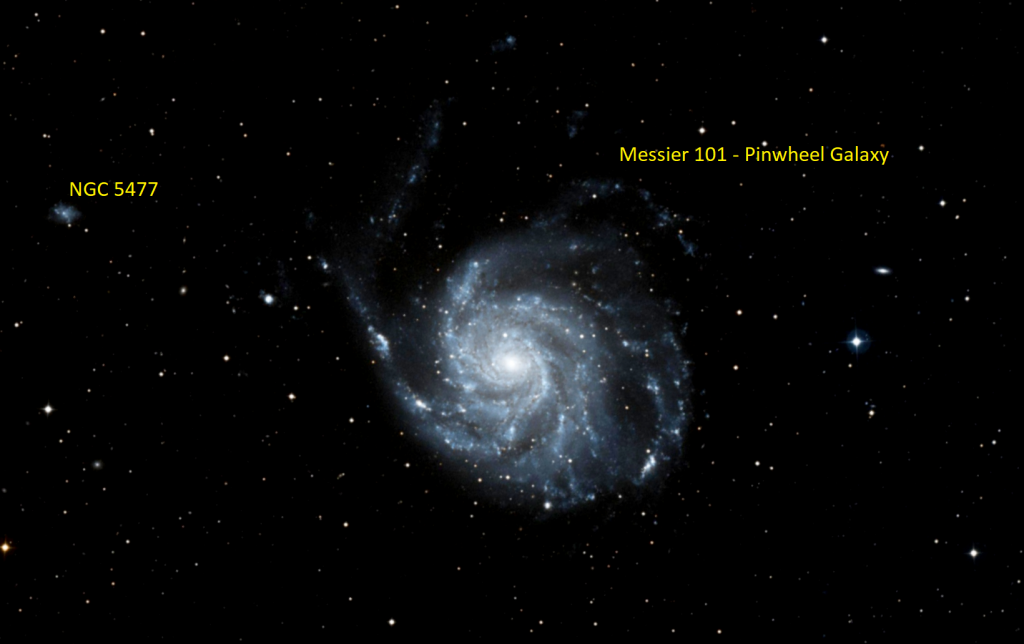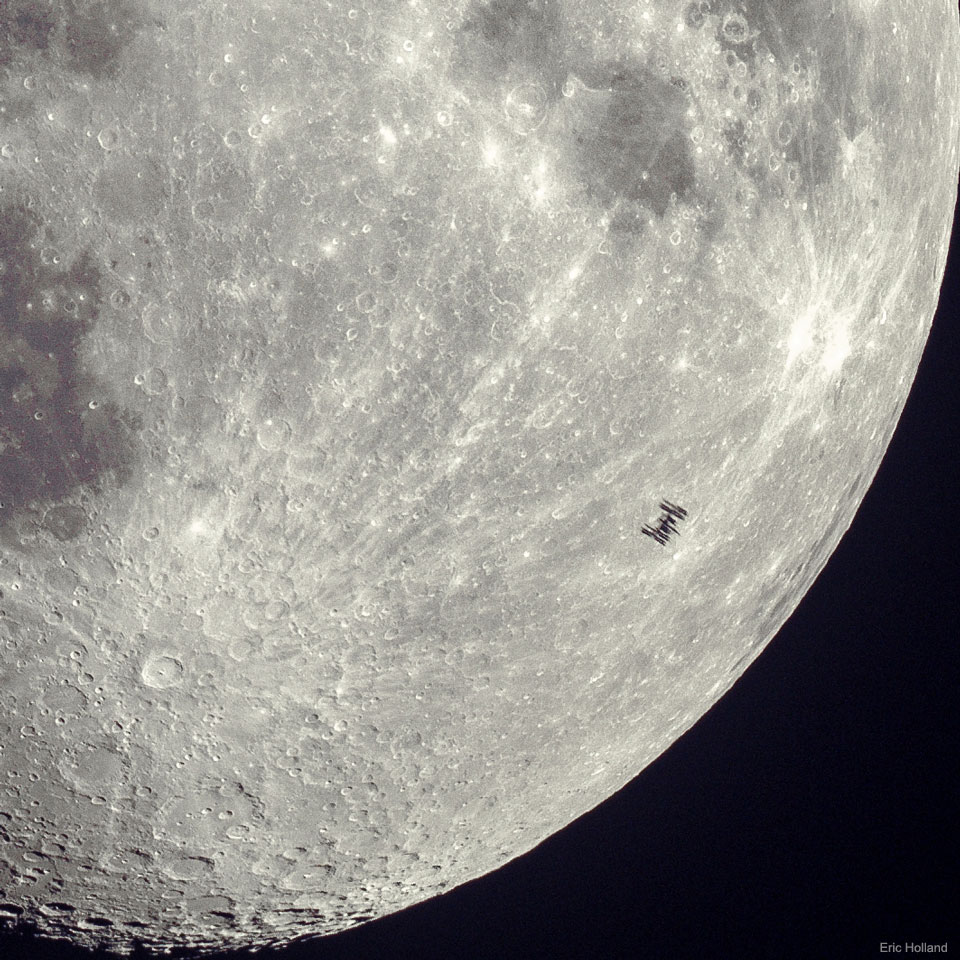A Comet Looms Largest, Medusa Blinks, and a Super Bright Moon Lets Bright Lights Shine!
A terrific image of Comet C/2023 A3 (Tsuchinshan-ATLAS) after sunset on Saturday, October 12, shared by Paul Whitmarsh and Jane Penny, of the Lewes Astronomical Society, and our deputy director Dr Robert Massey of the Royal Astronomical Society in the UK. The original post is at https://www.facebook.com/share/p/ZT1U7DUCQsQPmRzf/ Hello, mid-October Stargazers! Here are your Astronomy Skylights…
Read more
